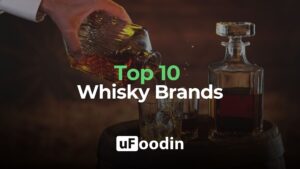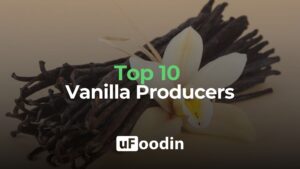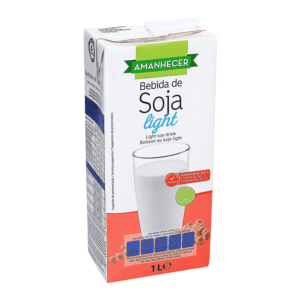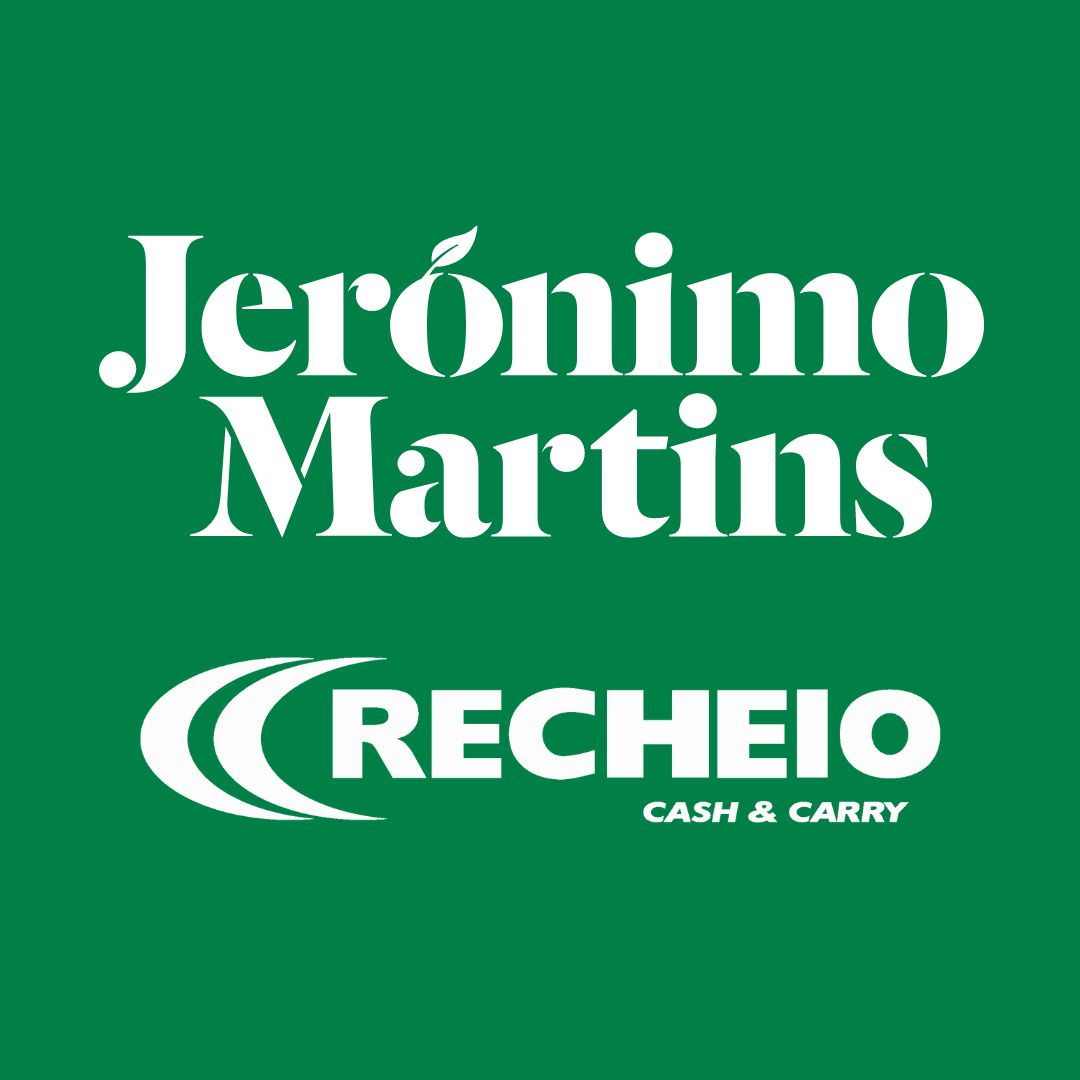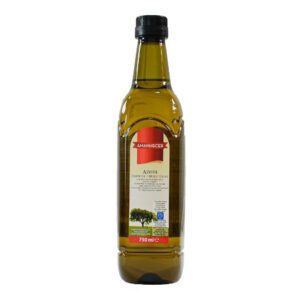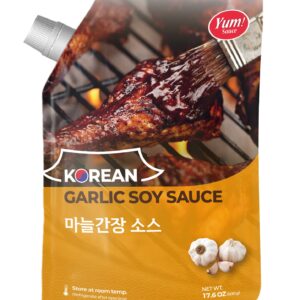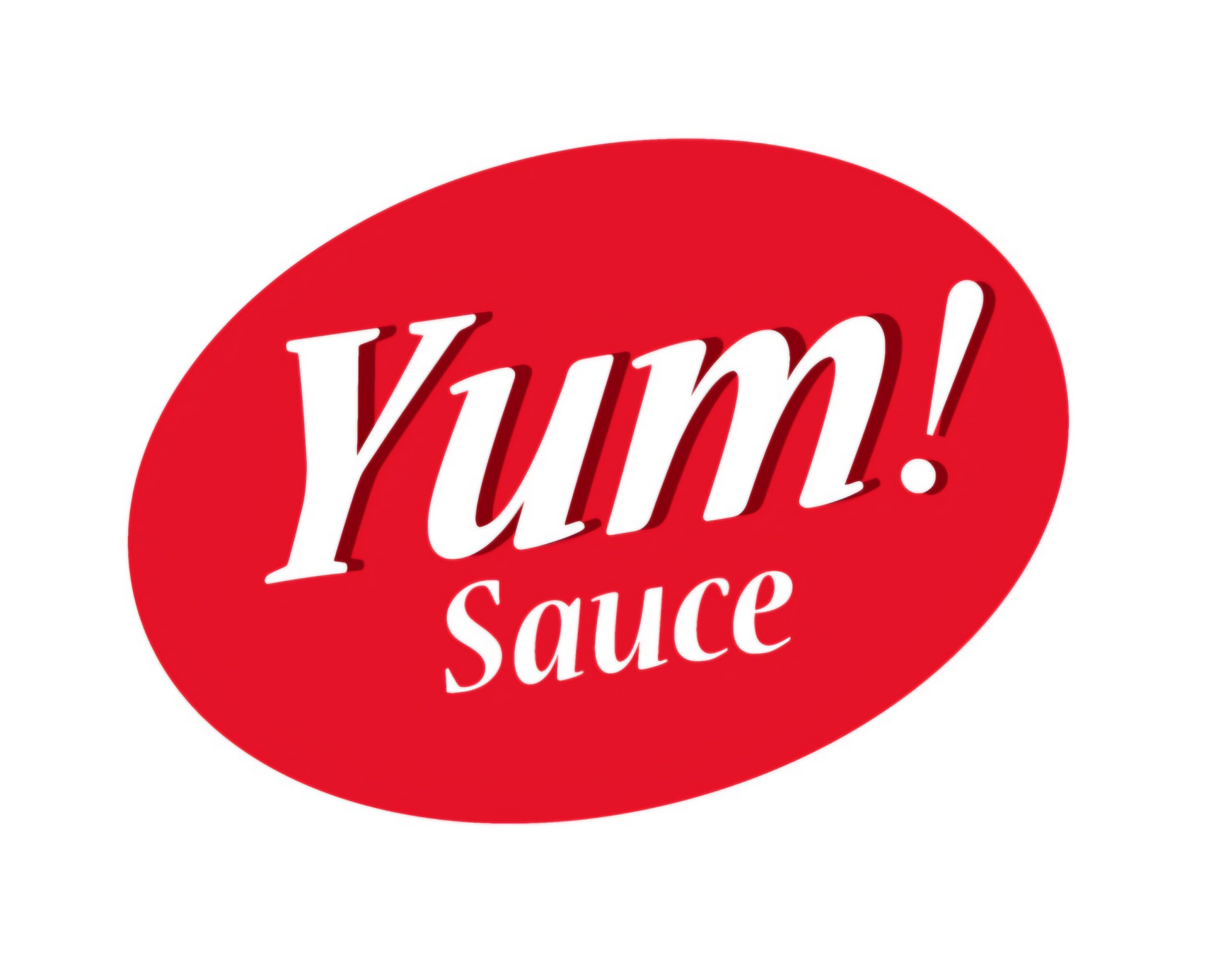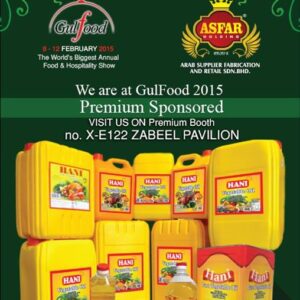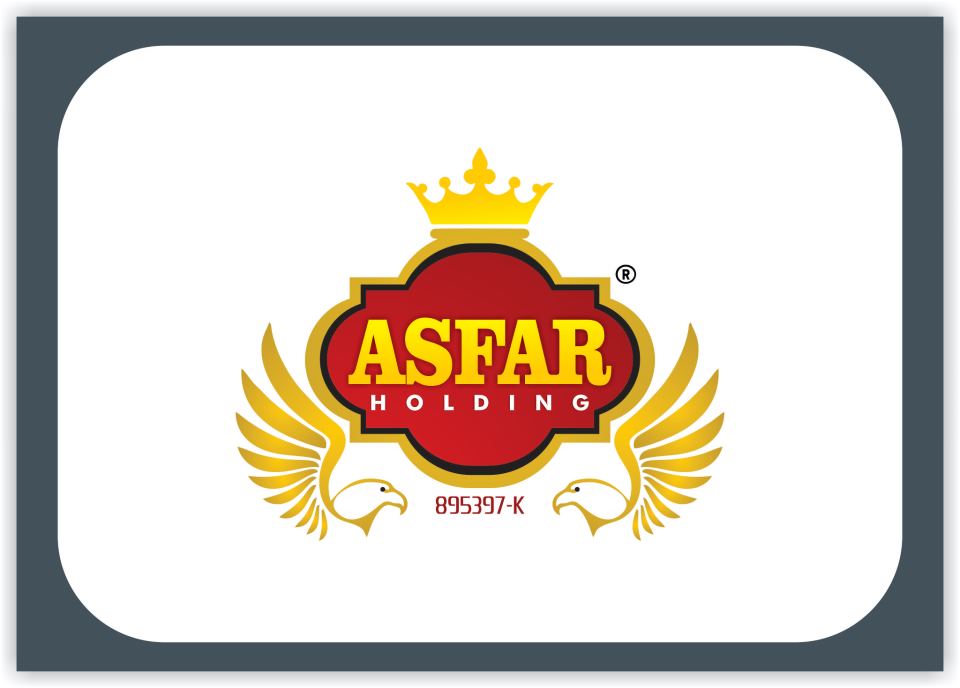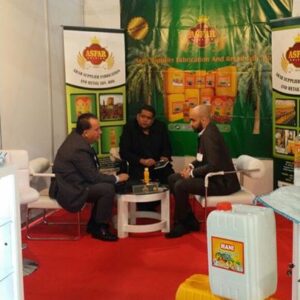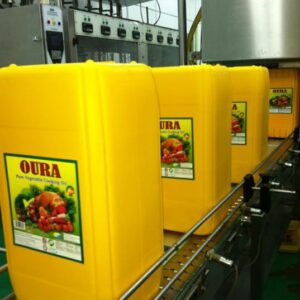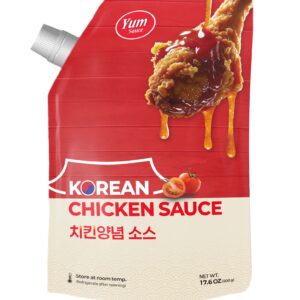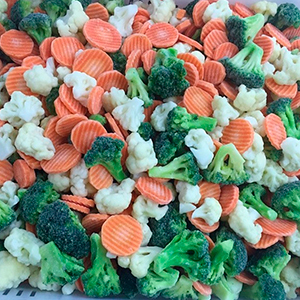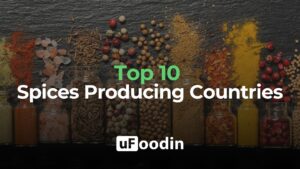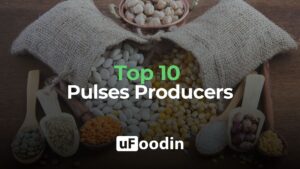
Top 10 Vanilla Producers
Vanilla, one of the most beloved and versatile flavors, is an integral part of the global food, beverage, cosmetics, and pharmaceutical industries. Often considered the “queen of spices,” vanilla holds a premium position due to its labor-intensive cultivation and unique flavor profile. The global vanilla market was valued at approximately $1.2 billion in 2023, and it is expected to grow at a CAGR of 5.1%, reaching nearly $1.8 billion by 2030.
Madagascar continues to dominate the market, producing over 60% of the world’s vanilla, followed by countries such as Indonesia, Uganda, and India. With increasing demand for natural and organic flavoring, particularly in North America and Europe, the industry is undergoing a significant transformation. Premium applications in gourmet food, plant-based products, and wellness beverages have created new avenues for growth. Vanilla’s expanding use in cosmetics and fragrances further adds to its appeal and market potential.
However, the vanilla industry faces considerable challenges. Price volatility, climate variability, and labor-intensive production processes contribute to its high cost and scarcity. Efforts to implement sustainable farming practices, promote traceability, and empower smallholder farmers are essential to the industry’s future. This article highlights the Top 10 Vanilla Producers, their unique contributions, and how they address global demand while navigating these complexities.

- Madagascar
- Annual Production: ~3,000 metric tons
- Why It Stands Out: Madagascar produces the highest-quality Bourbon vanilla, known for its rich flavor and aromatic profile. The country dominates the global market, accounting for over 60% of the world’s supply.
- Key Innovations: Adoption of traceability systems to ensure transparency and ethical sourcing.
- Indonesia
- Annual Production: ~2,200 metric tons
- Why It Stands Out: Indonesia is the second-largest vanilla producer, known for producing a diverse range of vanilla, including Tahitian and Bourbon varieties.
- Key Innovations: Focus on mechanized curing methods to improve efficiency and quality.
- Uganda
- Annual Production: ~500 metric tons
- Why It Stands Out: Uganda is gaining recognition for its premium-grade vanilla, cultivated using sustainable farming practices. Its vanilla has high vanillin content, making it a sought-after choice for premium products.
- Key Innovations: Investment in farmer training programs and organic certification to enhance market appeal.
- India
- Annual Production: ~350 metric tons
- Why It Stands Out: India’s vanilla industry is concentrated in Kerala, Karnataka, and Tamil Nadu, with a growing focus on organic production.
- Key Innovations: Development of high-yield vanilla varieties and integration into agroforestry systems.
- Mexico
- Annual Production: ~200 metric tons
- Why It Stands Out: As the birthplace of vanilla, Mexico produces a unique variety with a distinctive aroma. Its vanilla is primarily grown in Veracruz and Papantla.
- Key Innovations: Revitalization of traditional cultivation methods and focus on artisanal production.
- Papua New Guinea
- Annual Production: ~180 metric tons
- Why It Stands Out: Papua New Guinea specializes in Tahitian vanilla, known for its fruity and floral flavor profile, catering to niche markets.
- Key Innovations: Expansion of export networks and partnerships with specialty food producers.
- Tonga
- Annual Production: ~50 metric tons
- Why It Stands Out: Tonga is a small but notable producer of premium organic vanilla, with its products highly regarded in gourmet markets.
- Key Innovations: Emphasis on fair trade practices and high-quality, small-batch production.
- Réunion Island
- Annual Production: ~40 metric tons
- Why It Stands Out: Known for its Bourbon vanilla, Réunion Island maintains a legacy of premium production with a strong focus on quality over quantity.
- Key Innovations: Use of geographic indication (GI) labeling to preserve its unique heritage.
- Comoros
- Annual Production: ~30 metric tons
- Why It Stands Out: Comoros is a key producer of Bourbon vanilla, contributing to the spice’s global reputation for quality.
- Key Innovations: Collaboration with international buyers to improve post-harvest processing.
- Tahiti (French Polynesia)
- Annual Production: ~25 metric tons
- Why It Stands Out: Tahitian vanilla is prized for its unique flavor profile, making it a luxury ingredient in high-end products.
- Key Innovations: Focus on sustainable cultivation practices and high-value niche markets.
Expanded Major Trends in the Vanilla Industry
- Surge in Demand for Natural Vanilla
As consumers increasingly reject artificial additives, the demand for natural vanilla is skyrocketing. The market for organic vanilla is growing at a CAGR of 6.5%, particularly in the food and beverage sectors, where it is valued for its clean-label appeal. Natural vanilla is also gaining traction as a sweetener in plant-based dairy products and premium desserts.
- Vanilla’s Role in the Wellness Industry
Vanilla’s association with calming and stress-relieving properties is fueling its popularity in wellness beverages, herbal teas, and aromatherapy products. Additionally, its use in functional foods and nutritional supplements has positioned it as a key ingredient in health-focused consumer products.
- Growth of Premium and Artisanal Products
Vanilla is central to the rising trend of premiumization in the food industry. From high-end ice creams and gourmet chocolates to craft beverages, vanilla’s luxurious reputation makes it a key ingredient in artisanal creations. For instance, Bourbon and Tahitian vanilla varieties are in high demand for their unique flavor profiles.
- Technological Innovations in Production
Producers are adopting advanced technologies like precision agriculture, AI-powered crop monitoring, and solar-powered curing to enhance efficiency and reduce the environmental impact of vanilla farming. These technologies also support better yield prediction and quality control.
- Expanding Market Applications
Beyond food and beverages, vanilla’s applications in cosmetics and fragrances are growing steadily. High-end perfume brands are incorporating vanilla as a signature ingredient, while natural skincare products leverage its soothing properties.
- Traceability and Sustainability Initiatives
Traceability has become a critical factor in the vanilla industry. Brands and producers are investing in blockchain and other digital solutions to ensure transparency in sourcing. These efforts cater to growing consumer demands for ethically sourced products and help address issues like child labor and deforestation.

Expanded Main Challenges in the Vanilla Industry
- Climate Change and Environmental Challenges
Vanilla cultivation is highly sensitive to climate changes, requiring specific temperature and humidity conditions. Erratic weather patterns, such as prolonged droughts and cyclones in Madagascar, have significantly reduced yields. Such environmental volatility directly impacts global supply and prices.
- Persistent Price Volatility
Vanilla prices are among the most unstable in the spice market, often fluctuating by more than 100% in a single year. Price spikes can make vanilla unaffordable for many buyers, while sudden drops can leave producers vulnerable to financial instability.
- Labor-Intensive Cultivation Process
The production of natural vanilla is highly labor-intensive. Hand-pollination, a meticulous curing process, and quality grading require skilled labor, which increases production costs. Many smallholder farmers lack the resources to invest in scaling their operations.
- Competition from Synthetic Alternatives
The affordability and availability of synthetic vanillin, derived from lignin or guaiacol, pose a significant challenge to natural vanilla producers. While consumers increasingly prefer natural products, synthetic alternatives still dominate mass-market applications due to their lower cost.
- Ethical and Social Concerns
The vanilla industry faces scrutiny over labor conditions, particularly in Madagascar, where smallholder farmers often work under challenging circumstances. Addressing child labor, fair wages, and equitable trade practices are pressing concerns that require collaborative solutions.
- Supply Chain Inefficiencies
Many small-scale producers struggle to access international markets due to logistical challenges, lack of infrastructure, and limited bargaining power. Middlemen often capture a significant portion of profits, leaving farmers with minimal financial benefits.
The Top 10 Vanilla Producers represent a diverse and dedicated group of nations that play a vital role in sustaining global supply and quality. From Madagascar’s Bourbon vanilla to Tahiti’s unique floral variety, these producers ensure that this treasured spice remains a cornerstone of culinary, cosmetic, and wellness industries worldwide.
The vanilla industry’s future depends on addressing its significant challenges while leveraging emerging opportunities. By adopting sustainable practices, enhancing traceability, and integrating technological innovations, producers can overcome environmental and market pressures. Efforts to empower smallholder farmers through education, fair trade practices, and access to global markets are also critical to ensuring equitable growth.
Platforms like uFoodin offer a transformative solution for vanilla producers and buyers alike. By connecting suppliers to global distributors and retailers, uFoodin fosters partnerships that prioritize quality, transparency, and sustainability. For small and medium-sized producers, the platform serves as a gateway to international markets, enabling them to showcase premium products and engage with a network of ethical buyers.
As demand for natural vanilla continues to rise, the industry has an opportunity to redefine its practices for a more sustainable and inclusive future. By balancing tradition with innovation, vanilla producers can maintain their leadership in a global market that increasingly values quality, authenticity, and environmental responsibility.
uFoodin Editorial Team
Bibliography
- Statista: Global Vanilla Market Trends
- FAO (Food and Agriculture Organization): Vanilla Production and Trade Data
- Fortune Business Insights: Challenges and Opportunities in the Vanilla Industry

